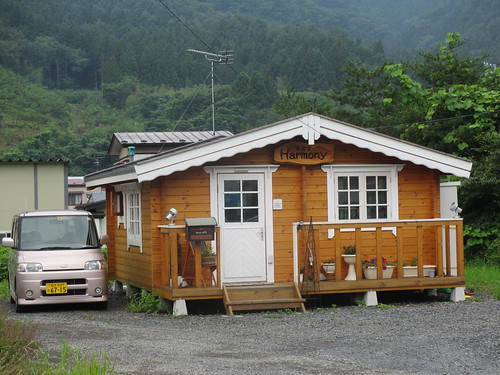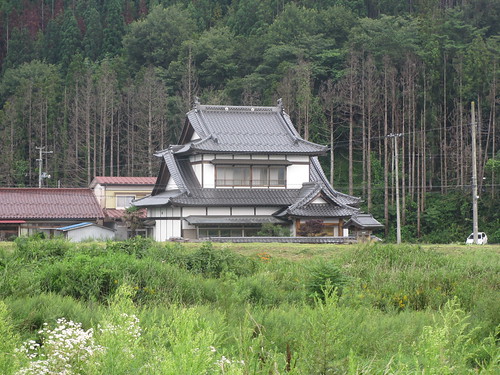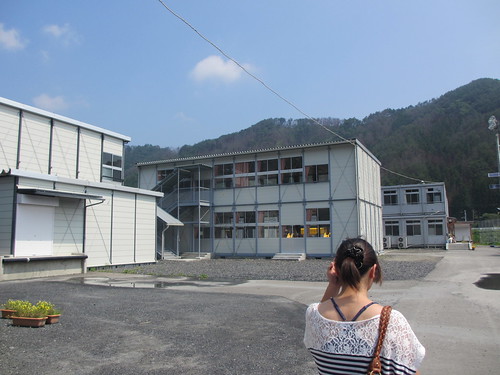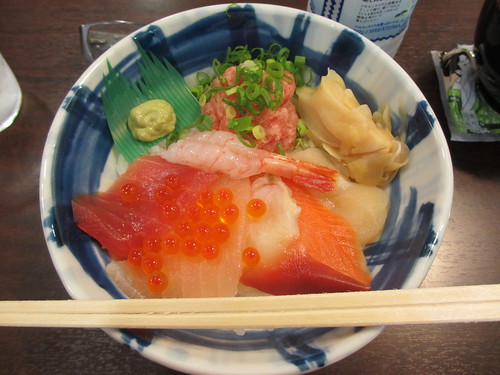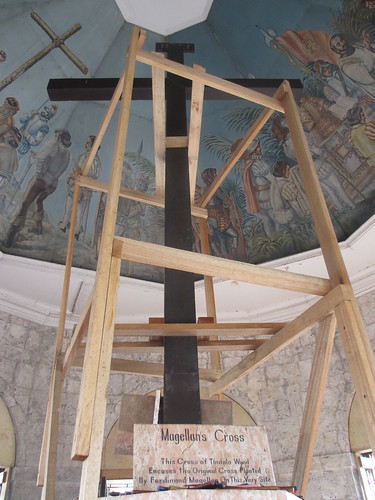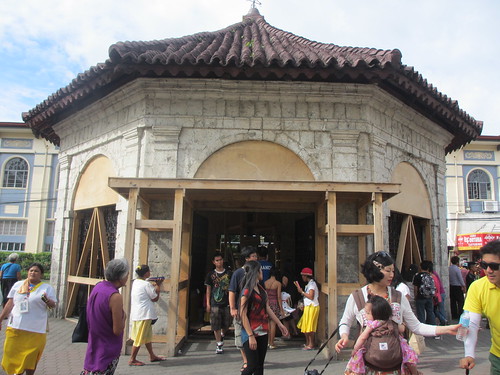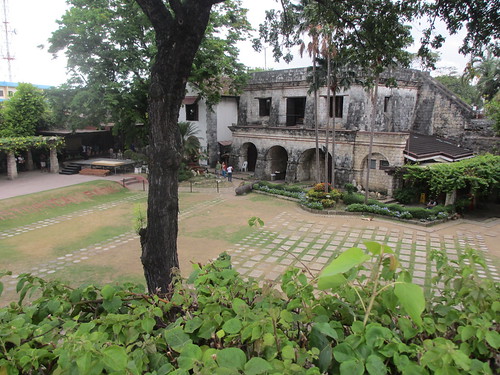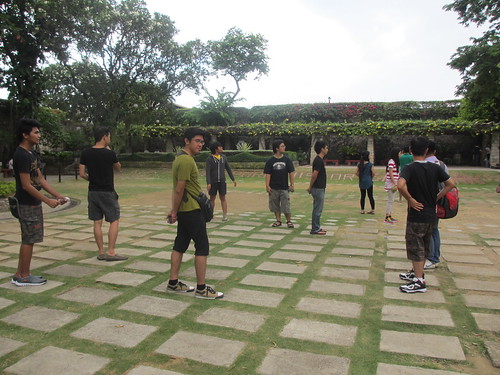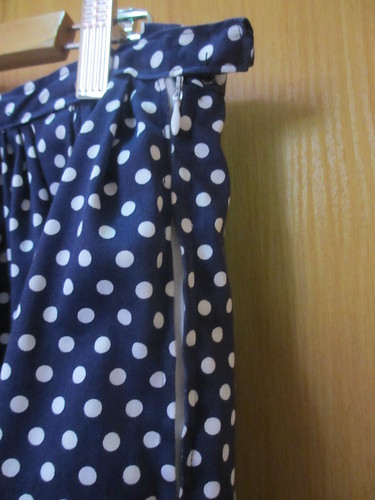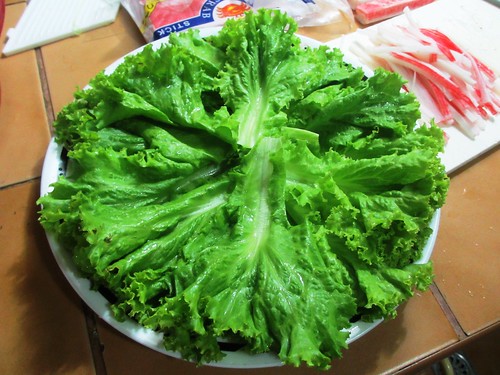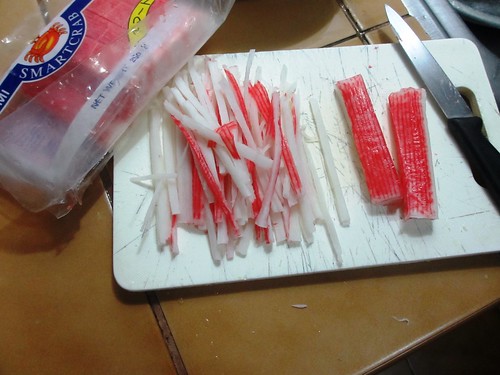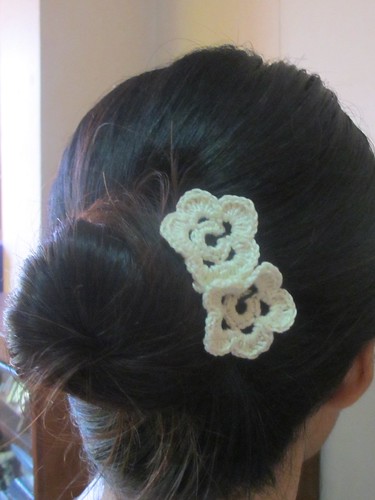With only a couple of hours of [uncomfortable] sleep in the bus the night before and having to walk around Otsuchi town under the summer heat the whole day, naturally, everyone was tired as heck. All I wanted was to rest!
But darn, I could not sleep immediately because I was too giddy about the place where we were staying.
Tono Furusato Mura is a farming village in Tono City, Iwate Prefecture. It has three farmhouses where guests can stay. There is a main hall with a restaurant, a library, and a souvenir shop. I think they also hold workshops there in the village. They also have a number of facilities which we weren't able to visit because of time constraint.


Above is the farmhouse where the ladies stayed. Being there I felt like I was transported somewhere else-- like in a Rurouni Kenshin episode, maybe? Lol. To be honest, I never imagined that it was possible for me to experience staying in such a lovely place even if it was just for a night. It was really amazing. (And I felt like everything I spent going to Japan for that program was totally worth it.)
 |
| Looks like the workshop or stabling area inside the farmhouse |
 |
| Tatami room! |
 |
| Paper doors |

 |
| Fireplace |

We had dinner first and the went to the (gasp!) public bath. But that's another story for later haha!
 |
| Dinner yummmm |
 |
| Super refreshing morning view from where I slept (Oh, we slept in futons, by the way!) |




I don't know if I will ever be able to return to Tono. I'm just thankful to TISP for giving us this amazing experience!






